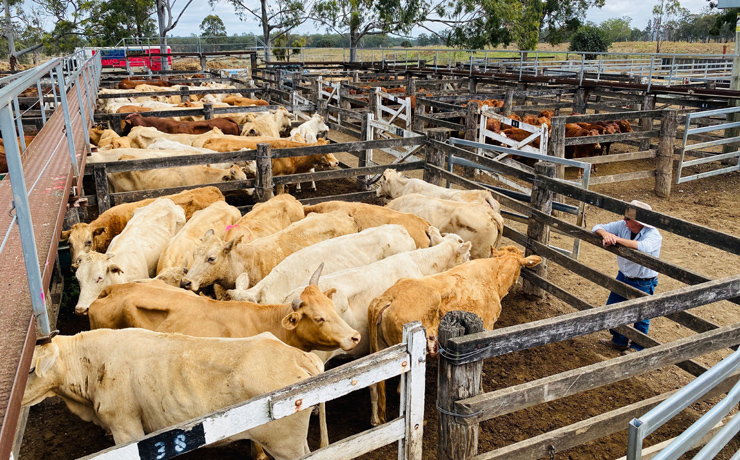
April 19, 2024
The Federal Government has announced a major change to the way the controversial Biosecurity Protection Levy (BPL) will be charged on rural industries.
Instead of the rate being set equivalent to 10 per cent of 2020-21 agricultural levy rates – as announced in last year’s Budget – it will now depend on each industry’s share of the total Gross Value of Production (GVP) for the total agriculture, fisheries and forestry sector.
The levy, which is due to be introduced on July 1, will now be the average proportional percentage of GVP for 2019-20 and 2021-22 multiplied by $51.8 million, the total amount the government wants to gain from the BPL.
Tables released by the Department of Agriculture, Fisheries and Forestry on Thursday show producers raising cattle and calves would contribute a total of 18.0042 per cent, ie. about $9.326 million, of the total BPL.
The total livestock contribution, including cattle, would be about $15.4 million.
DAFF says the calculations have been based on data from ABARES and “a range of reputable sources”.
The decision to alter the way the levy was calculated came after “listening to the views of industry and taking into consideration the feedback received and key concerns raised”.
“The department is continuing to engage with industry on intended imposition and collection arrangements, and will be contacting industry representative bodies with proposed BPL rates over the coming weeks,” the DAFF statement said.
The National Party has argued the levy – designed to lower the risk of exotic pests and diseases – should be imposed on imported containers and bulk imports coming by sea rather than rural industries.
- Download: BPL GVP Data and Commodity Calculations (303kb PDF)























